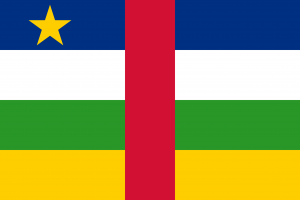Language/Sango/Grammar/Plurals
Hi Sango learners!😊
Learning Sango Grammar can be a challenging task, but it is also very rewarding. In this lesson, we will focus on the formation of plurals in Sango.
Formation of Plurals
In Sango, the formation of plurals is quite simple. Generally, the plural form of a noun is formed by adding the suffix -a to the singular form. For example, the plural of the word mɔgɔ (person) is mɔgɔ-a (people).
However, there are some exceptions to this rule. For example, the plural of the word kɛ (thing) is kɛn (things).
Plural Agreement
In Sango, the plural form of a noun must agree with the verb and the adjective that accompany it. For example, if the noun is in the plural form, then the verb and the adjective must also be in the plural form.
For example, the sentence Mɔgɔ yɛrɛ bɛ (The person is happy) would become Mɔgɔ-a yɛrɛ-n bɛ-n (The people are happy).
Plural Pronouns
In Sango, there are two sets of plural pronouns: one for the first person (we) and one for the second and third persons (you and they).
The first person plural pronoun is mi (we). The second and third person plural pronouns are ni (you) and zu (they).
For example, the sentence Mi yɛrɛ bɛ (We are happy) would become Ni yɛrɛ bɛ (You are happy) or Zu yɛrɛ bɛ (They are happy).
Conclusion
In this lesson, we have learned about the formation of plurals in Sango. We have seen that the plural form of a noun is generally formed by adding the suffix -a to the singular form. We have also seen that the plural form of a noun must agree with the verb and the adjective that accompany it, and that there are two sets of plural pronouns.
To improve your Sango Grammar, you can also use the Polyglot Club website. Find native speakers and ask them any questions!
If you have any questions, please ask them in the comments section below.
Feel free to edit this wiki page if you think it can be improved. 😎
Related Lessons

